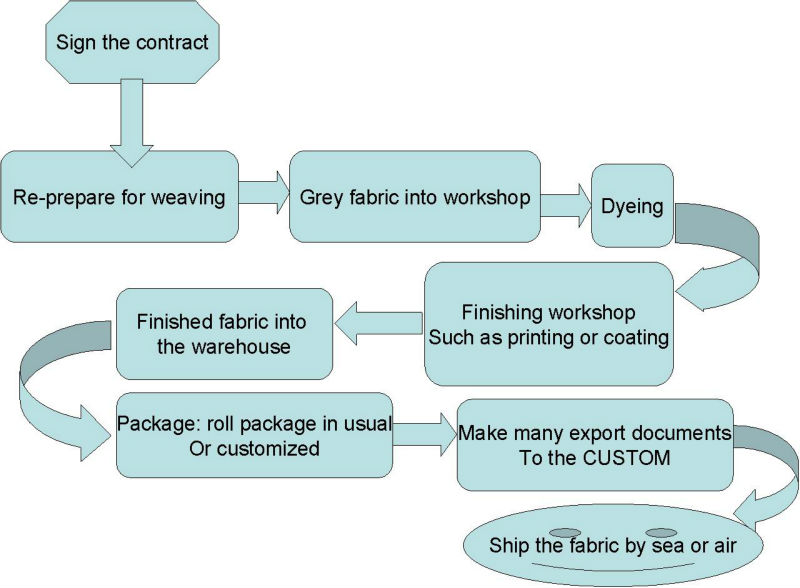Unlocking Success with the Kill Pete Strategy: A Comprehensive Guide to Transform Your Business
#### Description:In the ever-evolving landscape of business, finding effective strategies to outmaneuver competitors is crucial. One approach that has gaine……
#### Description:
In the ever-evolving landscape of business, finding effective strategies to outmaneuver competitors is crucial. One approach that has gained considerable attention is **the kill pete strategy**. This innovative method not only emphasizes the importance of strategic planning but also highlights the necessity of adaptability and foresight in today’s market. In this article, we will delve deep into **the kill pete strategy**, exploring its principles, applications, and the transformative impact it can have on your organization.
**Understanding the Kill Pete Strategy**
At its core, **the kill pete strategy** is about identifying and capitalizing on your competitors' weaknesses while simultaneously strengthening your own position in the market. This strategy is named after a fictional character, Pete, who represents an archetype of a competitor that businesses often face. By analyzing Pete's shortcomings, companies can formulate a plan that not only addresses their vulnerabilities but also positions them for success.
**Key Components of the Kill Pete Strategy**
1. **Market Analysis**: The first step in **the kill pete strategy** involves a thorough analysis of the market landscape. This includes understanding customer needs, identifying trends, and recognizing the strengths and weaknesses of competitors. Tools such as SWOT analysis can be invaluable in this phase.

2. **Identifying Weaknesses**: Once you have a clear picture of the market, the next step is to pinpoint the weaknesses of your competitors (like Pete). This could be anything from poor customer service to a lack of innovation. By addressing these gaps, your business can attract customers who are dissatisfied with your competitors.
3. **Leveraging Strengths**: While it is essential to understand your competitors, it is equally important to leverage your strengths. Whether you have a superior product, exceptional customer service, or a strong brand presence, these assets should be highlighted in your marketing strategies.
4. **Strategic Planning and Execution**: With a clear understanding of the market and your competitors, you can begin to develop a strategic plan. This plan should outline your objectives, target audience, and the specific tactics you will use to implement **the kill pete strategy** effectively.
5. **Monitoring and Adaptation**: The business environment is dynamic, and what works today may not work tomorrow. Therefore, continuous monitoring of your strategy's effectiveness is vital. Be prepared to adapt and refine your approach based on feedback and market changes.
**Implementing the Kill Pete Strategy in Your Business**

To effectively implement **the kill pete strategy**, businesses should consider the following steps:
- **Conduct Regular Competitor Analysis**: Make it a habit to regularly assess your competitors. This will help you stay informed about their strategies and allow you to adjust yours accordingly.
- **Engage with Customers**: Understanding your customers' pain points can provide insights into what your competitors are lacking. Use surveys, social media, and direct feedback to gather valuable information.
- **Innovate Continuously**: The market is constantly changing, and innovation is key to staying ahead. Invest in research and development to ensure your offerings remain competitive.
- **Train Your Team**: Ensure that your team understands **the kill pete strategy** and is equipped with the skills necessary to execute it. This may involve training sessions, workshops, or hiring new talent.

**Conclusion**
In conclusion, **the kill pete strategy** offers a robust framework for businesses looking to enhance their competitive edge. By focusing on market analysis, identifying weaknesses, leveraging strengths, and continuously adapting, companies can position themselves for success in a challenging business environment. Embracing this strategy could be the key to unlocking new opportunities and achieving long-term growth.